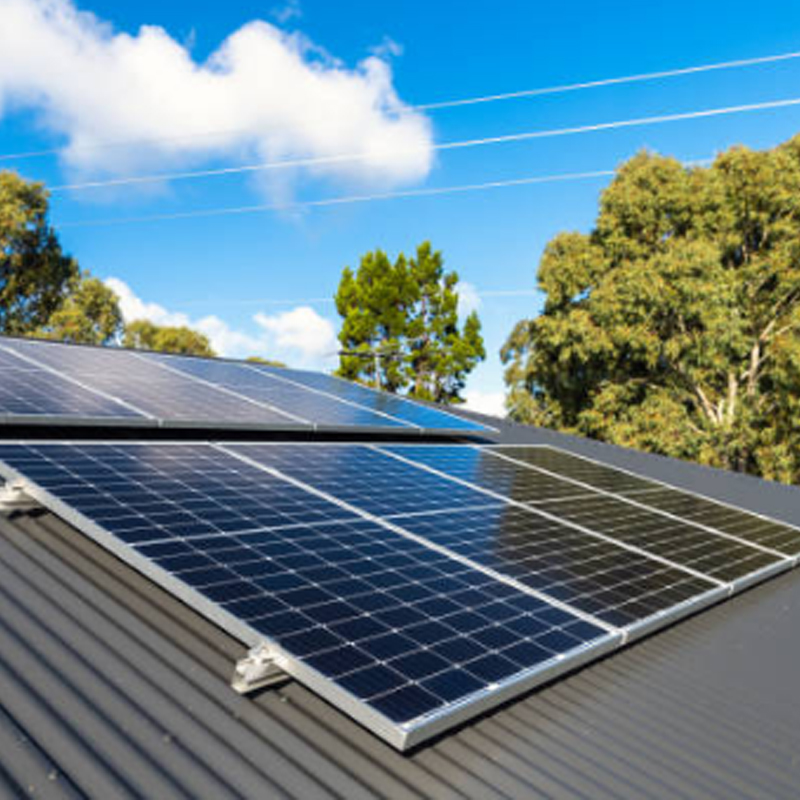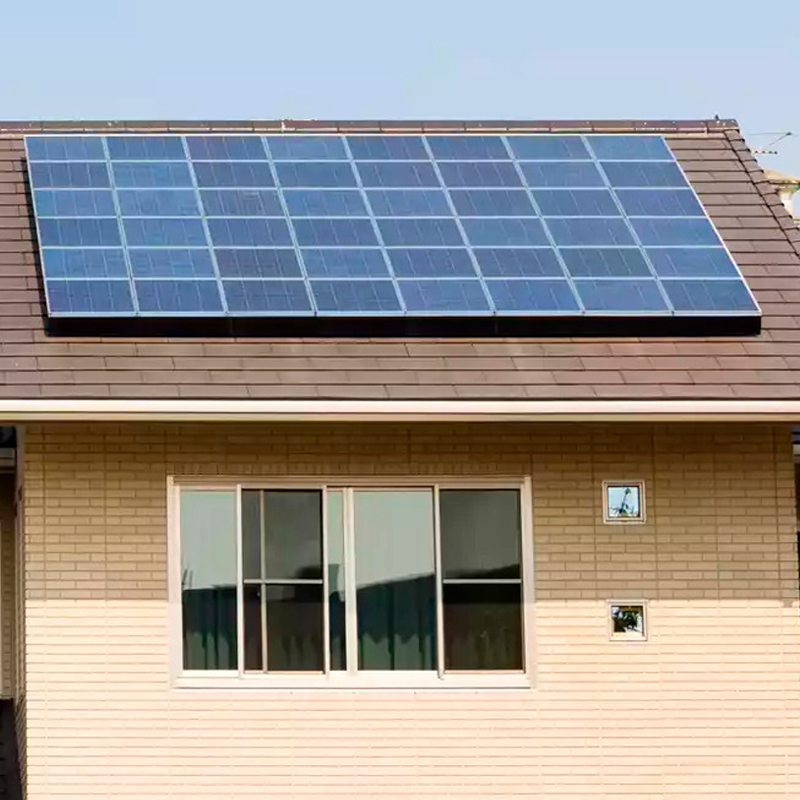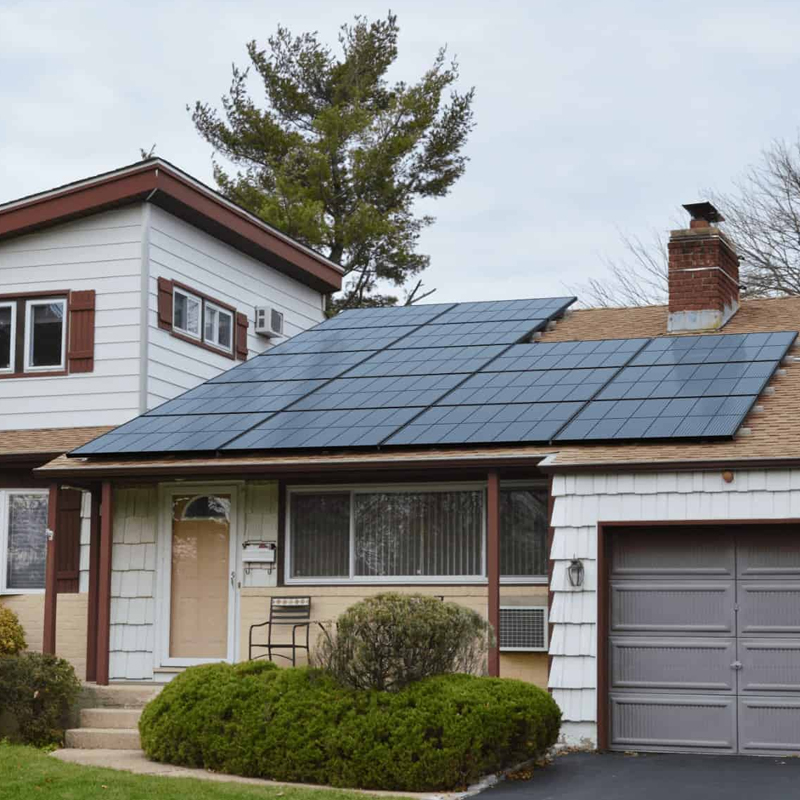
On-grid systems, also known as grid-tied or net-metered solar rooftop systems, operate by synchronizing with the grid through an inverter, ensuring seamless power supply. In this setup, the grid serves as a backup, supplying additional energy during periods of low solar generation (such as rainy or cloudy weather) and absorbing excess solar energy during peak production hours.
On-grid systems are highly cost-efficient for solar rooftop installations, particularly recommended for those aiming to significantly reduce their electricity bills.

Off-grid systems, also known as standalone systems, operate independently of the main electrical grid and are primarily designed to work with a battery bank. These systems provide backup power through batteries during periods when solar generation alone is insufficient. They are particularly suited for rural areas lacking grid access or experiencing frequent and prolonged grid outages.
Off-grid systems tend to be more expensive to implement and maintain compared to on-grid systems. This is largely due to the costs associated with batteries, which have a limited lifespan and require periodic replacement. As such, off-grid systems are generally recommended only when reliable backup power is a primary consumer concern.

Hybrid systems combine features of both on-grid and off-grid systems. They are designed to store excess electricity while also allowing for the export of surplus energy to the grid when batteries are fully charged and household energy needs are met. Conversely, if solar generation is insufficient, the system draws the needed power from the grid. In instances where grid connectivity is unavailable, the system taps into battery reserves. .
However, hybrid systems tend to be more expensive than both on-grid and off-grid alternatives due to their additional capabilities and equipment requirements. They are typically recommended for consumers seeking to reduce electricity costs while ensuring reliable backup power in case of grid outages.
